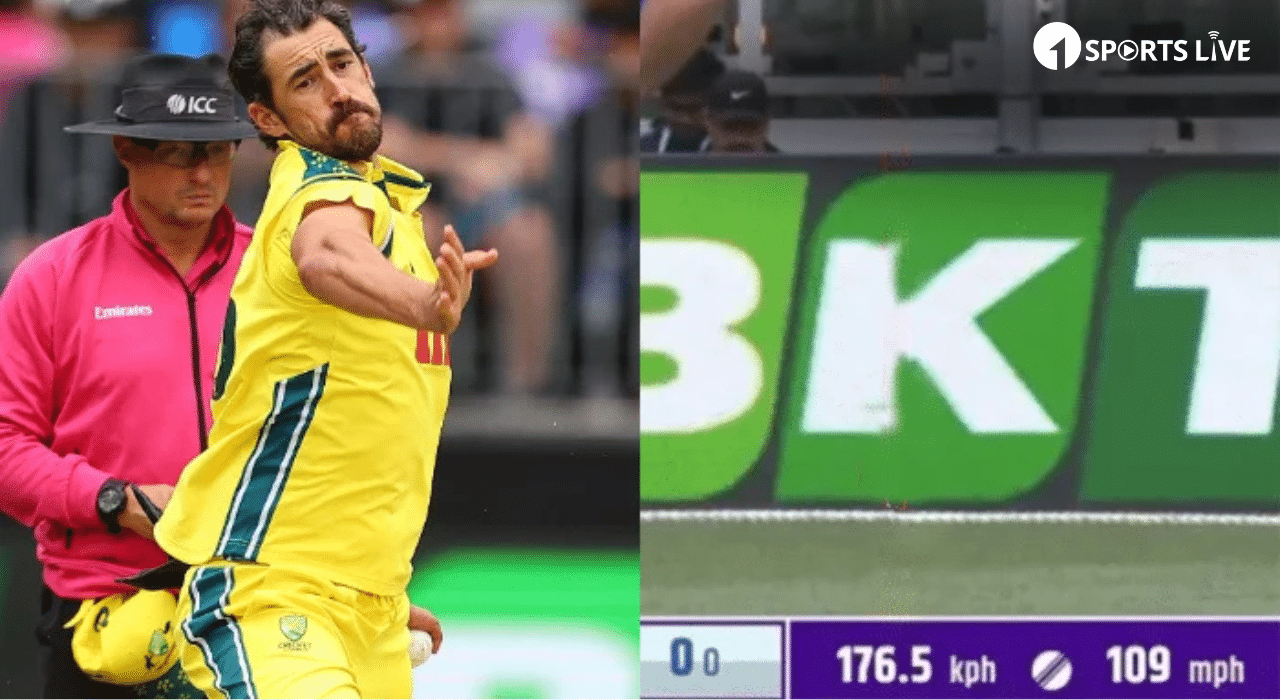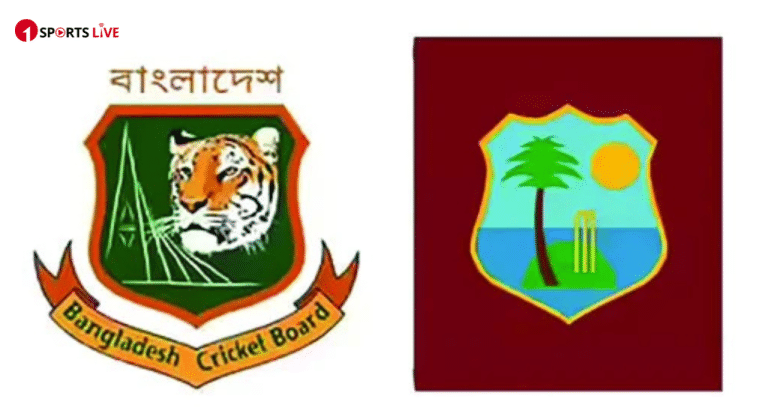A speed reading during the Australia–India match in Perth briefly sparked claims that Mitchell Starc had produced the fastest ball in cricket history. The TV graphic showed 176.5 kph (109 mph) for his first delivery of the innings — a number that immediately drew attention across social platforms.
However, later verification confirmed that the figure was incorrect.
Independent data used by other broadcasters measured the ball at 140.8 kph, which aligns with Starc’s regular pace. Cricbuzz’s ball-by-ball feed listed the same speed.
An initial report from News18 indicated the number on the screen came from a graphics or tracking malfunction. Possible causes include faulty radar alignment, sensor calibration issues, or a broadcast overlay error.
Had the speed actually been 176 kph, Rohit Sharma — returning to international cricket after several months — would likely have struggled to react. Instead, he played the ball comfortably to the on-side for a single.
Biomechanics research cited in the discussion suggests that even in baseball, where the throwing motion is different, the theoretical human limit falls around the 174–177 kph range. Cricket’s bowling action is more complex, making such velocity nearly unattainable.
Shoaib Akhtar’s long-standing record of 161.3 kph, set during the 2003 World Cup, therefore remains unchallenged. The brief buzz around Starc’s supposed record was the product of a technical slip, not a new milestone.

















